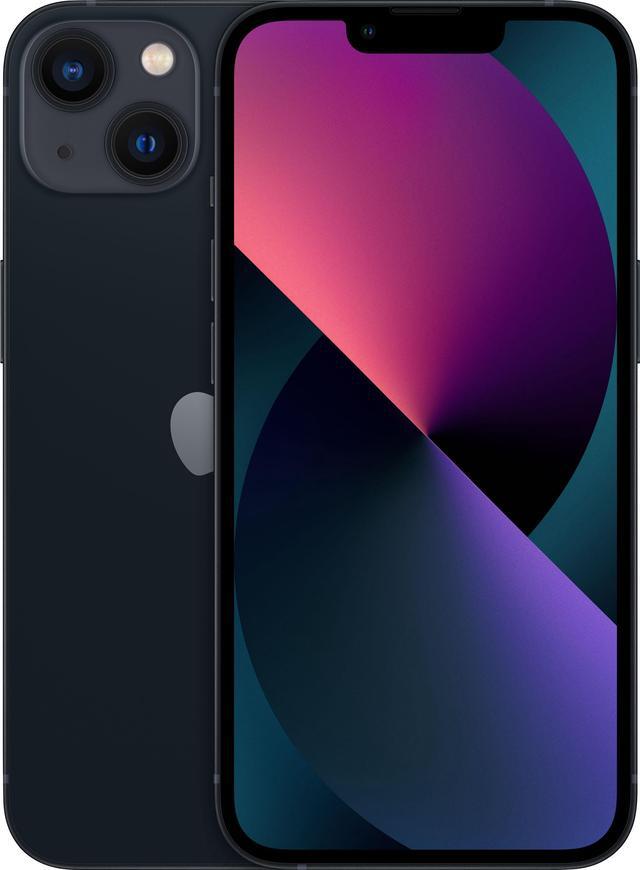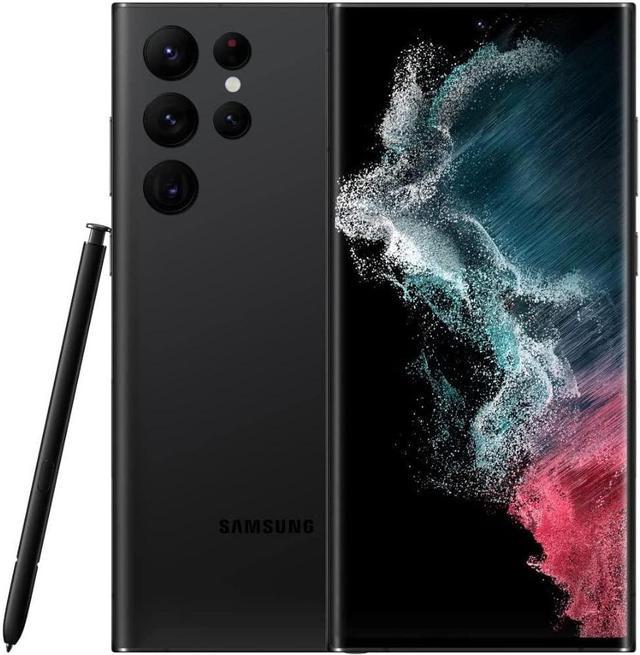The year 2013 was arguably one of the best ever for smartphones. Consumers had a lot of devices to choose from and it seemed like there was a different type of phone for different types of people. With so many phones available, how do you know which one is right for you? The answer is simple…you let me tell you!
The HTC One was first available in March 2013 and has the slogan of “everything your phone isn’t.” It is the successor to 2012’s One X and features a unibody aluminum frame, a 4.7-inch 1080p full-HD display, and dual front-facing speakers powered by Beats Audio. The HTC One is powered by a 1.7GHz Qualcomm Snapdragon 600 with 2GB of RAM and a non-removable 2300 mAh Li-Po battery. It is available with either 32GB or 64GB of non-expandable storage.
The HTC One has one of the lowest megapixel counts available on any phone with only 4MP. However, the camera also has more features than most phones and includes autofocus, an UltraPixel BSI image sensor, smart LED flash, f/2.0 aperture, a 28mm lens, a dedicated imaging chip, continuous shooting, optical image stabilization, 1080p HD video recording, video stabilization, slow motion video capture, and HDR video recording.
This is one of the best-looking Android phones available today and most reviews claim it has fast and consistent performance. However, despite all the fancy camera features, reviews also describe the camera as being mediocre at best. Another complaint about the HTC One is it’s poor battery life which is probably due to it’s high-resolution display.
Who is it for? Music Lovers, Movie Buffs
The highly-customizable Moto X was first released on August 23, 2013 and is the first smartphone from Motorola since it was acquired by Google in 2012. The device is powered by the X8 Mobile Computing System that consists of a dual-core 1.7GHz Qualcomm Snapdragon S4 Pro processor and a quad-core Adreno 320 GPU. The phone also has a custom-designed Natural Language Processor with a Contextual Awareness Processor core.
The Moto X has 2GB of RAM and a 4.7-inch 720p Super AMOLED display. This is paired nicely with a 10MP camera that has Clear Pixel technology — something that Motorola claims will take in 75% more light, thus greatly improving images taken in low-lighting conditions. The phone is equipped with a non-removable 2200 mAh battery and is available in either 16GB or 32GB of non-expandable storage.
This phone has been described as being “the perfect size” and thanks to Moto Maker, users can customize the appearance of their phone in many ways. Reviews have been generally positive for the Moto X. Assist, Touchless Control, and Notifications have all been welcomed additions to Android and haven’t had any impact on the phone’s battery life. The biggest complaint from users has been the AMOLED display not living up to expectations but at 729p, it’s still not the worst.
Who is it for? Commuters, Artistic-Types
The iPhone 5S was released on September 20, 2013 and despite looking very similar to its predecessor, it’s vastly different. The 5S is the first and only phone to possess a 64-bit A7 processor accompanied by an M7 motion co-processor. The phone also introduced a brand new home button design that is constructed of laser-cut sapphire and functions as a fingerprint recognition system that unlocks the phone and authenticates App Store purchases.
The camera was also vastly improved on the iPhone 5S and was updated with a larger aperture and dual-LED flash that is optimized for different color temperatures. Despite having only 1GB of RAM and a small 4-inch display, the iPhone 5S (and 5C) sold nine million units the first weekend of release and broke Apple’s previous sales record. The 5S is available with 16GB, 32GB, or 64GB of non-expandable storage with a non-removable 1570 mAh battery.
The iPhone 5S is one of the best-selling smartphones of all time and with good reason: it’s beautifully designed, it’s fast, and it has a fantastic camera. iOS 7 is far from perfect and 4-inch phones are slowly dying away, but the iPhone still has a great ecosystem and more third-party accessories than any other smartphone available today.
Who is it for? Photographers, Mac Users
The Samsung Galaxy Note 3 is arguably the most powerful phone of all time and was released in on September 25, 2013. It has an unprecedented 3GB of RAM, a non-removable 3200 mAh battery, and a 5.7-inch Full HD Super AMOLED display. Technically considered a “phablet”, the Note 3 is the world’s first phone to implement USB 3.0 which enables extremely fast data transfers. The phone is available with 32GB or 64Gb of storage and is expandable to 128GB.
New for the Note 3 (and several other Samsung phones and tablets) is the added functionality of the Samsung Galaxy Gear smartwatch. Despite its generally poor reception, the Galaxy Gear provides many useful functions like receiving phone calls, emails and texts all from your wrist. The Galaxy Gear has been constantly updated since its release and has improved upon many features including richer app notifications, greater Bluetooth range, and better gesture detection.
This is not only the most powerful phone available today, it also has longer battery life than most of the competition. The only downside to this phone is its large size which can be a huge inconvenience for people that like to carry their phone in their pocket. However, if you carry your phone in a purse, briefcase, or bag; it’s no big deal.
Who is it for? Business People, Power Users
The much-anticipated Nexus 5 was released on October 31, 2013 and is the first Android device to feature the 4.4 KitKat operating system. The Nexus 5’s hardware is based on the LG G2 and features a 2.26GHz Qualcomm Snapdragon 800 processor, 2GB of RAM, and a 5” 1080p display that packs in 445 PPI. The Nexus 5 is also the first phone in the Nexus line to feature the 4G LTE band.
Although the Nexus 5 camera is only 8MP, it does have a two-inch CMOS sensor with Optical Image Stabilization (OIS), f/2.4 aperture, and an LED flash. The camera also has High-Dynamic-Range (HDR) imaging and Google has already released an update that improves picture quality along with the speed of the camera. The Nexus 5 has a non-removable 2300 mAh battery and is available with 16GB or 32GB storage capacity.
The KitKat operating system is Android at its best and the Nexus 5 does a great job at displaying its full potential. The phone also has one of the best displays available and few phones can compete with it performance-wise. The camera and battery life may not be the best, but with the Nexus first in line to receive Android updates that improve these features, it’s worth the tradeoff. The price tag is also nice and about half as much as the other phones on this list.
Who is it for? Tech Junkies, Consumers on a Budget
Honorable Mention: Oppo N1
This is probably the best phone you’ve never heard of. Released on Christmas Eve 2013, the Oppo N1 is the first phone to be pre-loaded with the popular CyanogenMod operating system. The N1 is bundled with some impressive hardware that includes a Qualcomm Snapdragon 600 processor, a non-removable 3610 mAh battery, and 2GB of ram. The phone also has an impressive 1920 x 1080 5.9” display and some unique features that are currently unavailable on any other phone.
The Oppo N1’s most distinguishable feature is the 13MP rear-facing camera that can swivel up to 206 degrees and function as a front-facing camera. The N1 also includes a pebble-like Bluetooth accessory called “O-Click” that can be used as an alarm, notification light, or camera trigger. Lastly, the rear cover of the N1 has a touchpad which can be used for scrolling and navigation, greatly improving one-handed usage of the device. The Oppo N1 is available with either 16GB or 32GB of non-expandable storage.
Not many people have had their hands on this phone yet and there are not enough reviews to determine its quality. However, it’s exciting to see a lesser-known company try to innovate the smartphone industry with technology that has never been seen before. The specs and price are on par (if not better) than similar devices and even if it’s a flop, they’ve already succeeded in determining how smartphones will eventually be designed in the future.
Who is it for? CyanogenMod Users, Early Adopters





